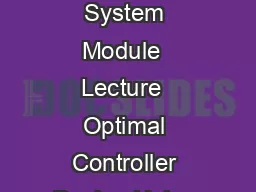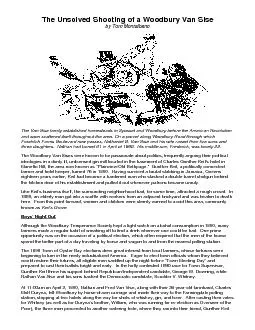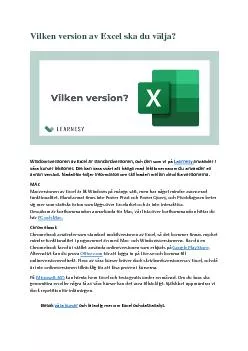PPT-Excel in ME - Part 3 Keith A. Woodbury Mechanical Engineering
Author : lindy-dunigan | Published Date : 2019-10-31
Excel in ME Part 3 Keith A Woodbury Mechanical Engineering University of Alabama Excel Matrices There is a built in solver in M icrosoft E xcel that can produce
Presentation Embed Code
Download Presentation
Download Presentation The PPT/PDF document "Excel in ME - Part 3 Keith A. Woodbury..." is the property of its rightful owner. Permission is granted to download and print the materials on this website for personal, non-commercial use only, and to display it on your personal computer provided you do not modify the materials and that you retain all copyright notices contained in the materials. By downloading content from our website, you accept the terms of this agreement.
Excel in ME - Part 3 Keith A. Woodbury Mechanical Engineering: Transcript
Download Rules Of Document
"Excel in ME - Part 3 Keith A. Woodbury Mechanical Engineering"The content belongs to its owner. You may download and print it for personal use, without modification, and keep all copyright notices. By downloading, you agree to these terms.
Related Documents














